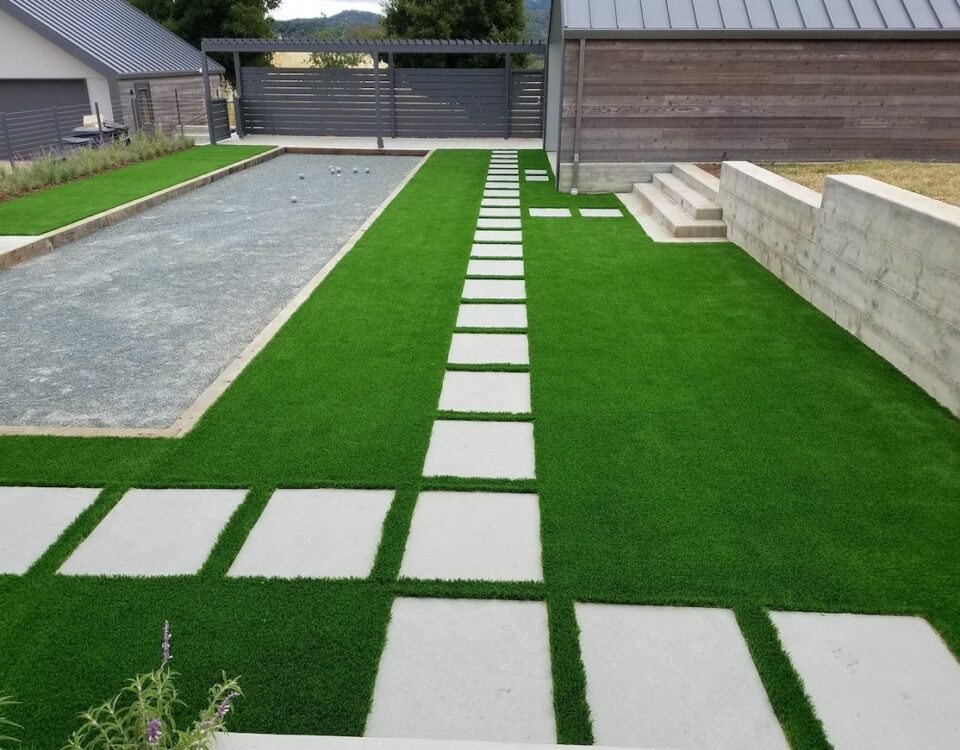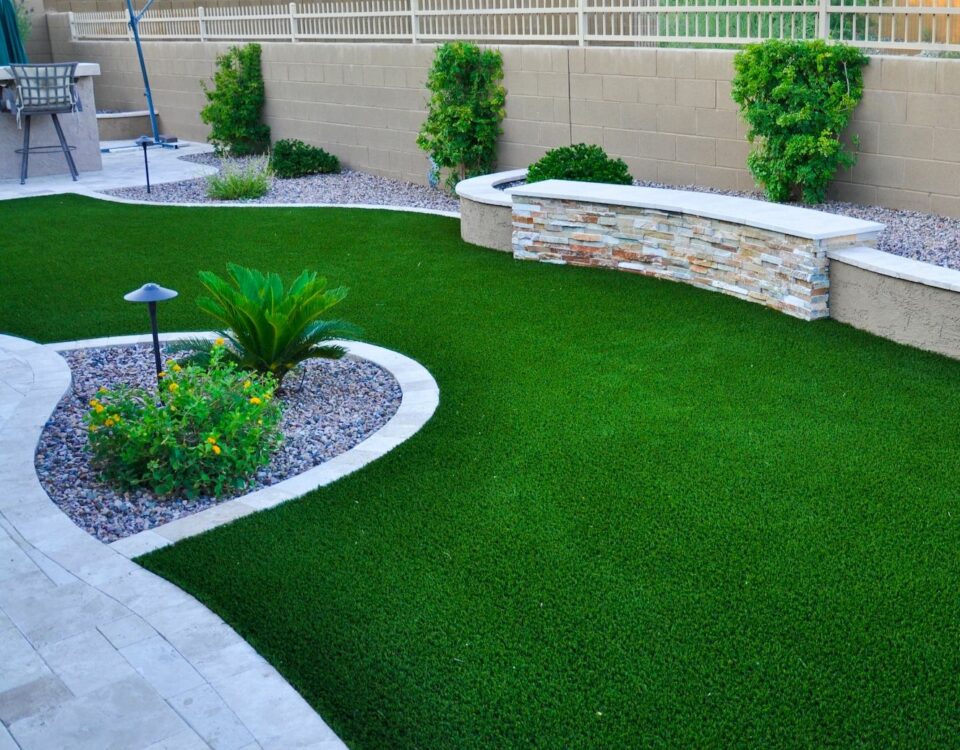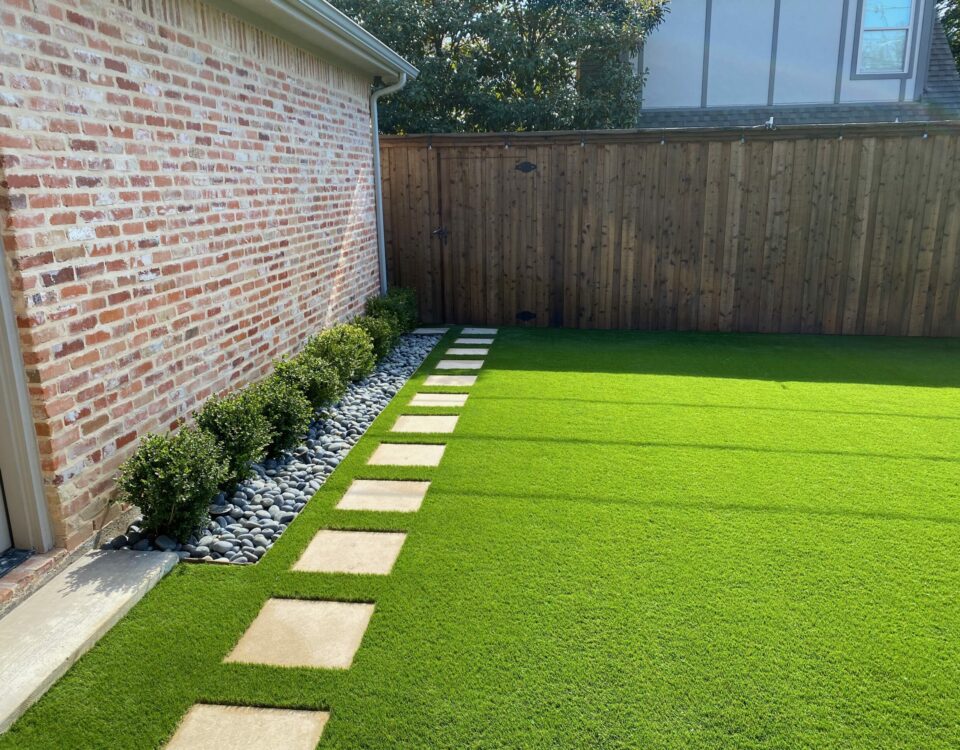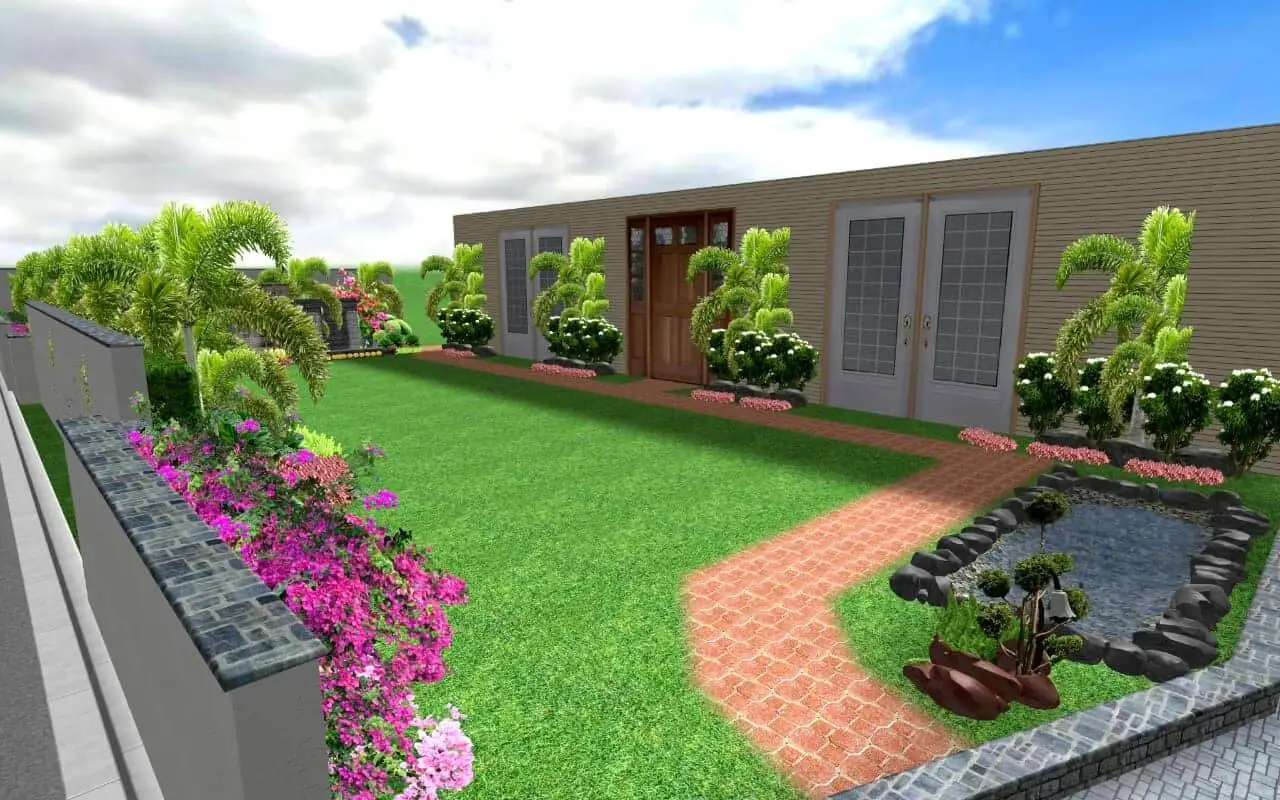
Five Elements of Landscape Design – A Guide for Creating Stunning Gardens
May 23, 2021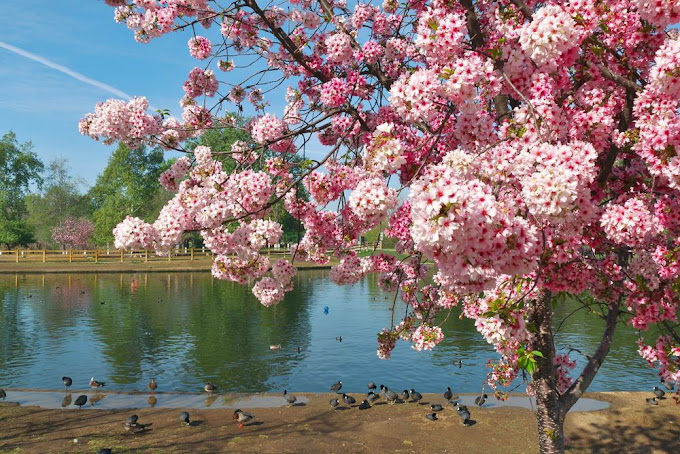
Lake Balboa/Anthony C Beilenson Park in Resada
May 23, 2021Whether it’s an entryway, patio, or rooftop garden, a landscape is much more than just plantings and trees. When done well, landscape design combines the art of horticultural science and the principles of composition to create aesthetically pleasing and functional outdoor “rooms” for multiple uses. The guiding hand of the landscape designer is visible in each detail of the final project, whether that is a formal hedge row, lush vegetable garden, or simple rock garden.
For this reason, the art of landscape design is very different from other artistic endeavors. The landscape is a dynamic medium, and it constantly evolves as plants grow and environmental conditions change. That’s why it is essential for landscape designers to be aware of how the changes they make will affect the overall appearance of a space over time.
In addition to knowing how plants grow, landscape designers also must be familiar with the elements (visual qualities) and principles of design—proportion, scale, rhythm, order, and dominance—which provide guidelines for creating balanced and harmonious landscapes that will endure over time. To develop a strong sense of proportion, it is helpful to look at landscapes you admire and try to identify the elements and principles that contribute to their appeal.
As the heir to Romantic tradition, Burle Marx embraced the aesthetic ideals of nature and art and used them to shape his gardens and landscape designs. He borrowed from French planning traditions, incorporated flora native to Brazil, and collaborated with modernist luminaries such as Oscar Niemeyer, as at the Cavanellas Residence in Petropolis, and the Ministry of Education and Health Rooftop Garden in Rio de Janeiro.
Today, as environmental concerns increase and urbanization continues around the world, landscape architecture faces challenges at a variety of scales. These demands have pushed landscape architects to reconsider the role of the landscape in remediation and sustainable development, while the growing popularity of green spaces for recreation and relaxation has led to an unprecedented demand for parks and natural areas in the developed world.
While there are many factors to consider when designing a landscape, one of the most important aspects is establishing privacy. To feel like an extension of a home, an outdoor space needs to be free from the prying eyes of neighbors or passersby. This can be accomplished with a few simple elements, including walls and fencing, or by creating an enclosed screened area with an arbor or trellis covered in plant material.
In addition to offering a private retreat, the right landscape can improve your property value and increase its utility as an entertainment area. For instance, a deck with comfortable furniture and an outdoor kitchen can be transformed into the perfect spot for al fresco dining and entertaining. Adding seasonal plantings and pollinator-friendly flowers can further expand the outdoor living space by enhancing the view, increasing your outdoor harvest, and providing a soothing atmosphere. The possibilities are endless, but a little imagination can go a long way in transforming an underutilized backyard into a tranquil escape from the everyday.
Five Elements of Landscape Design – A Guide for Creating Stunning Gardens


